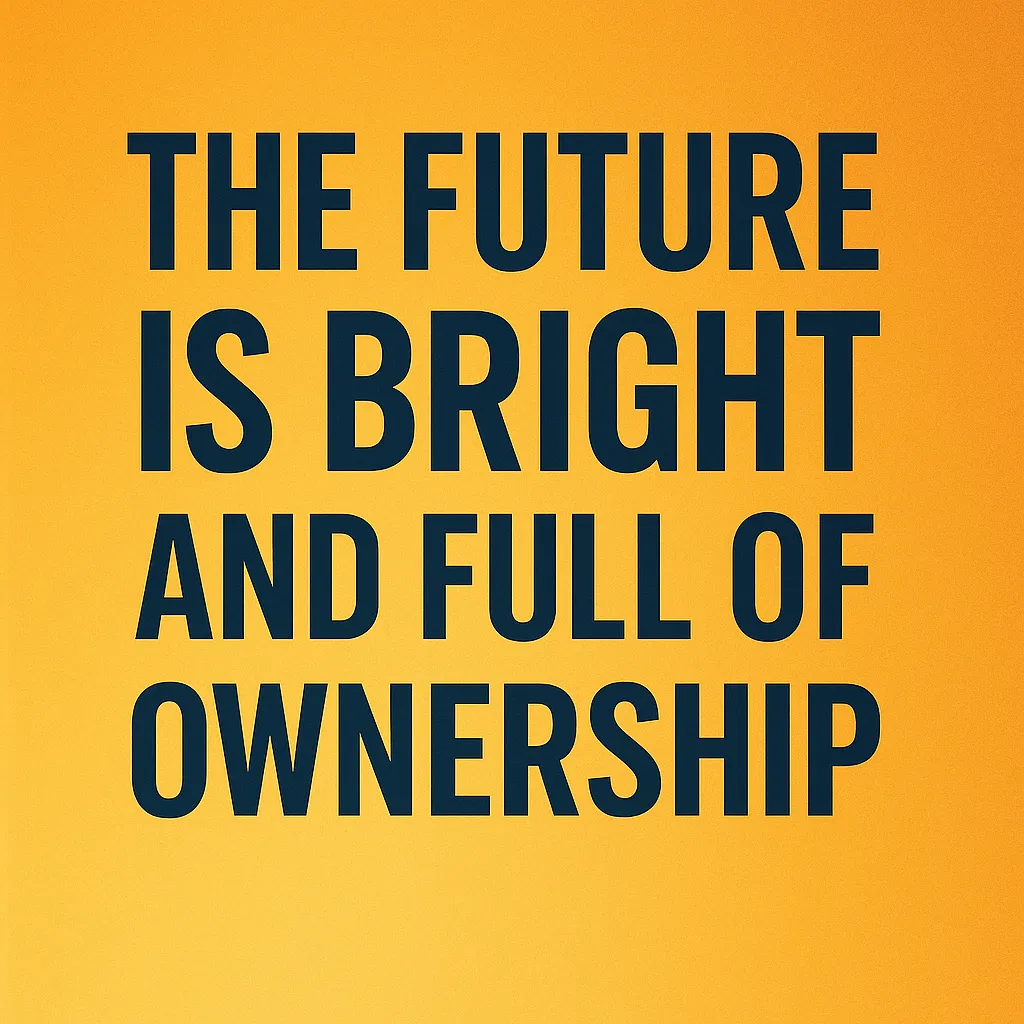The Evolution of Service Engagement Models

The software engineering services industry is undergoing a transformative evolution in how clients and vendors collaborate. In reagions like DACH, Nordics, UKI and the US, traditional engagement models such as staff augmentation and time-and-materials contracts are gradually being supplanted—or more accurately, reinvented—by models that demand deeper ownership, shared risk, and a focus on business outcomes and value creation. This shift is not merely semantic but reflects profound changes in market expectations, technological complexity, and the strategic importance of software to business success.
From Resource Supply to Ownership and Shared Risk
Historically, software engineering services were largely transactional. Clients outsourced specific tasks or supplied requirements, and vendors responded with personnel, often on time-and-materials contracts. This approach ensured flexibility for the client but did little to align the vendor’s incentives with the client’s outcomes. It also placed all the risk on the client’s shoulders—timeline slips, rework, or changing requirements were simply billed as additional hours.
Modern engagement models are challenging this dynamic. Increasingly, clients expect vendors to take end-to-end ownership of outcomes (say is the system alive and usable with certain features by a certain date) or outputs (pay for completed tasks - they might be the wrong tasks but that is how you share risk and be truly agile)—not just the c engineering. This includes co-owning the design, user experience, product design, deployment, and even post-deployment performance. With this ownership comes shared risk—vendors are now expected to deliver outcomes under fixed-fee or performance-based contracts, absorbing penalties for delays or defects and sharing in the rewards of success.
Rise of Outcome, Output and Value-Based Models
Outcome-based models represent a significant evolution in the relationship between clients and vendors. These models tie compensation to key results such as feature delivery, user adoption, performance metrics, or business KPIs like conversion rates or revenue lift. Value-based contracts go a step further by linking payment directly to the economic value created—such as a percentage of cost savings or revenue increase attributed to the solution.
This model demands high levels of trust, maturity, and transparency. Vendors must develop not only technical capabilities but also domain expertise, product thinking, and data-driven optimization. Clients, in turn, must open access to real performance metrics and adopt a collaborative rather than command-and-control stance. Done right, this model aligns incentives perfectly - the vendor succeeds only when the client achieves tangible success.
Staff Augmentation 2.0 - From Body Leasing to Capability Pods
The traditional staff augmentation model—where developers are contracted to augment a client’s in-house team—has long been criticized for commoditizing talent and creating managerial overhead. “Staff Augmentation 2.0” seeks to address these shortcomings by offering capability-based pods: autonomous, cross-functional teams that operate as mini start-ups within the client environment.
These pods/studios/squads - the idea is marketed with different names - bring their own processes, delivery management, and often DevOps practices, AI tools, software development models, reducing the client’s coordination burden and increasing accountability. Importantly, they come with built-in feedback loops, productivity metrics, and continuous improvement frameworks—bridging the gap between pure augmentation and full-fledged outsourcing.
BOT 2.0 and BOTT - The New Frontier of Build-Operate-Transfer
The BOT (Build-Operate-Transfer) model—where a vendor builds and operates a dedicated offshore development center and eventually transfers it to the client—has been revitalized as BOT 2.0. Unlike the old model, which often focused on scale and cost efficiency, BOT 2.0 emphasizes capability building, cultural alignment, and agile maturity from day one. It’s not just about standing up a team but about building a long-term, strategically integrated engineering capability.
An adjacent model, BOTT (Build-Operate-Train-Transfer), adds a structured training phase before transfer. This ensures not only operational readiness but also cultural, process, and architectural continuity post-transfer. This model is especially popular in regions like GCC, thst are not only building teams but also the management structure, processes and KPIs to manage these teams in the long run. These models are also increasingly attractive to product companies looking to de-risk offshore expansion or establish specialized capabilities (e.g., AI/ML labs, platform engineering units) in a sustainable, low-latency way.
Implications for the Future of the Industry
The shift toward ownership-based and outcome-oriented engagement models has several implications for the software engineering services industry.
Vendors must evolve from being order-takers to becoming strategic partners with product thinking, agile delivery expertise, and domain knowledge.
Talent models will change—demanding full-stack teams with strong ownership, communication skills, and accountability. Contractual agility will be key.
Risk-sharing mechanisms will become more sophisticated, including hybrid pricing, milestone-based payments, and performance-based incentives.
Tooling and metrics will be critical—both for tracking delivery performance and for attributing business value, which will form the basis of compensation in value-based models.
Smaller, high-trust ecosystems may outperform large vendor relationships where incentives are misaligned. The future may favor quality of partnership over scale of transaction.
Software engineering engagement models are undergoing a fundamental shift—from labor-centric, low-trust arrangements to outcome-driven, high-trust partnerships. The new wave—embodied in Staff Augmentation 2.0, BOT/BOTT 2.0, and output-based, outcome-based, value-based models—places more ownership on vendors and aligns their incentives with those of their clients. For both sides, the future lies not in cost reduction but in co-creating value. The winners will be those who can deliver not just code, but business impact.